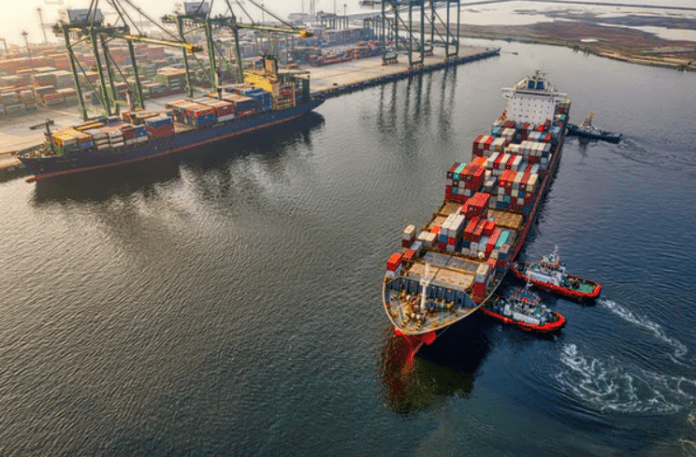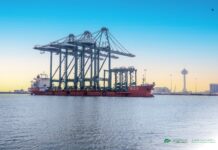
Freightos recently ran a survey of more than 100 small and medium-sized businesses (SMB) shippers to see how trade war developments are impacting them.
Two weeks out from the May 12th China-US trade war deescalation announcement – and eleven weeks until the pause expires in August – transpacific ocean volumes are surging.
Hapag-Lloyd estimates that China-US container demand dropped by 20% while US tariffs on Chinese goods were at 145% from early April to mid-May, with the recent Freightos survey of SMB shippers showing that about half the respondents froze shipments during this span. Hapag-Lloyd reports volumes have now rebounded by 50% from April/May lows, pushing container levels to low double digit percentage gains compared to before the April tariff rollout.
Despite the deescalation, about 80% of SMB shippers report being at least as worried about trade war impacts on their businesses as they were before this pause, with many now fast-tracking holiday orders that are contributing to this volume surge ahead of the August deadline.
The combination of April’s canceled or paused shipments and a build up of goods manufactured during that stretch is contributing to the speed at which container demand has picked up, though estimates of ready-to-load containers in China range widely from 180,000 to as much as 800,000 TEUs.
Carriers are reinstating sailings and services canceled during the April lull, and some regional carriers are launching transpacific services in response to the surge. Though carriers are rushing to restore or add capacity, some vessels and equipment that were shifted away from the transpacific in April are not back in position yet.
The quick and strong restart – as well as some bad weather – is causing congestion at several Chinese container hubs with wait times of 12-72 hours for a berth. Surging demand and these restrictions on capacity from out of place vessels and port congestion are putting significant upward pressure on container rates. FBX transpacific prices to the West Coast climbed 13% last week to US$2,788/FEU and East Coast rates were up 20% to US$4,223/FEU. Rates are at their highest level since late February, and GRIs announced through mid-June could push prices up thousands of dollars more if demand stays elevated and congestion remains an issue.
While the China-US deescalation has eased trade tensions somewhat on this lane, President Trump’s recent announcement of his intent to introduce a 25% tariff on all smartphone imports by the end of June and 50% tariffs on goods from the EU on June 1st are roiling other parts of the global supply chain.
Trump quickly walked back the June 1st EU deadline and reinstated the July date on which the White House’s reciprocal tariffs on the EU – along with those on a long list of other countries – were already slated to expire though now tariffs may increase to 50% on that date instead of the previously-announced 20% level.
The president’s 50% tariff declaration was a result of his disapproval of an EU trade proposal submitted to the US administration earlier in the week. The EU has said it will introduce tariffs on US exports if negotiations fail, though following Trump pushing the deadline back to July the EU announced steps to fast track US trade talks in hopes of reaching an agreement. These developments may put some added pressure on transatlantic shippers, though – possibly because steel and automotive tariffs are already in place – there have not been signs of significant frontloading on this lane since April even with the threat of 20% tariffs in July.
In air cargo, several countries besides the US are exploring making changes to their de minimis rules in response to the flood of e-commerce goods out of China using this exemption to enter these markets. The US suspension of de minimis eligibility for Chinese imports has led to reports of sharply declining China-US air cargo volumes, mostly in the chartered freighter market. Freightos Air Index China-US rates fell 7% last week to $5.14/kg, their lowest level since March.
Author of the article: Judah Levine, Head of Research at Freightos





